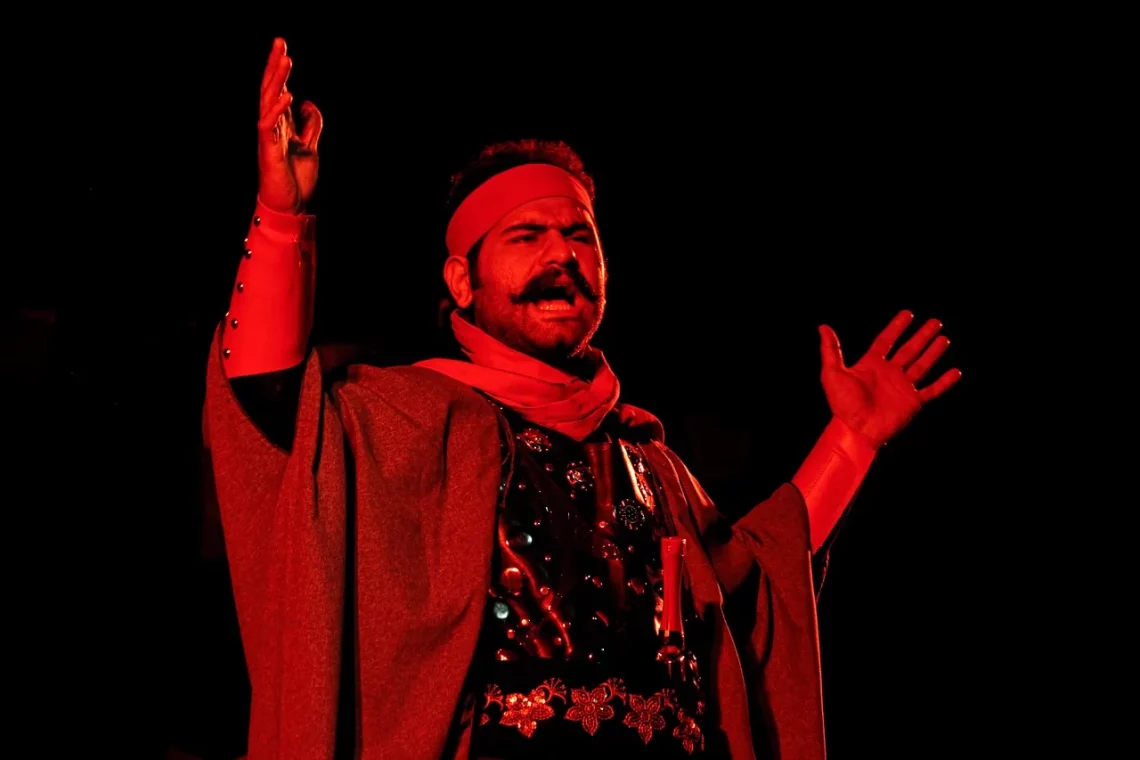
The Surprising Truth Behind Jason Statham Naked Scenes
The world of cinema is filled with captivating performances, breathtaking action sequences, and moments that leave audiences in awe. Among the myriad of actors who have made their mark, Jason Statham stands out as a dynamic force, known for his rugged charm and unyielding physicality. His roles often require him to embody tough characters, and he has become synonymous with high-octane action films. However, there’s a lesser-discussed aspect of his career that sparks curiosity: his naked scenes.
While some may view such scenes as mere titillation, they often serve a deeper narrative purpose. They can reveal character vulnerability, signify transformation, or heighten tension. Statham’s approach to these moments is intriguing, especially considering the context in which they appear. The public perception of such scenes can vary widely, influenced by cultural attitudes toward nudity in film, the nature of his characters, and the overall story arc.
As we explore the surprising truth behind Jason Statham’s naked scenes, we delve into the artistic decisions, audience reactions, and the broader implications of nudity in action cinema. This examination reveals not just the actor’s choices but also the evolving landscape of film as it grapples with themes of masculinity, vulnerability, and the human experience.
Understanding Nudity in Action Films
Nudity in action films has long been a topic of debate, often overshadowed by the genre’s penchant for violence and adrenaline-fueled sequences. In many instances, filmmakers utilize nudity to evoke a visceral reaction from the audience, creating a stark contrast between vulnerability and strength. This juxtaposition can enhance character development, providing insights into the psyche of the protagonist.
For instance, when a character is stripped of their clothing, it often symbolizes the shedding of societal expectations or personal burdens. In the realm of action cinema, where masculinity is frequently portrayed through physical prowess and toughness, moments of nudity can challenge these stereotypes. They can illustrate that even the most hardened characters possess vulnerabilities, making them more relatable to the audience.
Statham’s films often balance intense action with personal stakes, and his naked scenes are no exception. These moments can serve as pivotal turning points in the narrative, revealing the character’s emotional state or the consequences of their choices. By presenting a character in a vulnerable state, filmmakers invite viewers to connect on a deeper level, transcending the typical action genre expectations.
Moreover, the cultural context surrounding nudity plays a significant role in how these scenes are received. Different cultures have varying attitudes toward nudity, which can influence viewer perception. In some societies, nudity in film is seen as an art form, while in others, it may be met with skepticism. For Statham, navigating this landscape adds another layer of complexity to his performances.
Ultimately, the use of nudity in action films, particularly in Statham’s work, challenges audiences to reconsider their preconceived notions about masculinity, vulnerability, and the human experience. It encourages a dialogue about the role of the body in storytelling and the ways in which filmmakers can use nudity as a tool for deeper emotional engagement.
The Artistic Choices Behind Statham’s Scenes
When discussing Jason Statham’s naked scenes, it’s essential to consider the artistic choices made by both the actor and the filmmakers. Statham is known for his commitment to authenticity, and this extends to his approach to nudity. In a genre that often prioritizes spectacle, the decision to include naked scenes can be a bold statement about character depth and narrative integrity.
Directors and writers play a crucial role in shaping these moments. They must carefully balance the need for shock value with the desire for meaningful storytelling. In Statham’s films, naked scenes are often not gratuitous; rather, they serve a specific purpose within the plot. They may mark a moment of transformation, such as a character grappling with their identity or facing the consequences of their actions.
Additionally, the context in which these scenes are presented is vital. For instance, a naked scene following a high-stakes action sequence might emphasize the toll that violence takes on the character, fostering empathy from the audience. In this way, Statham’s nudity becomes a vehicle for narrative exploration rather than mere titillation.
Statham’s willingness to embrace vulnerability on screen can also be seen as a reflection of his growth as an actor. As he navigates more complex roles, the inclusion of naked scenes can signify a departure from traditional action hero tropes. This evolution invites audiences to engage with his characters on a more profound level, challenging them to consider the emotional weight behind the physicality.
Moreover, the production team’s decisions regarding cinematography and editing can enhance the impact of these scenes. Thoughtful camera work and pacing can transform a potentially controversial moment into a powerful statement about the character’s journey. In this sense, Statham’s naked scenes are not isolated incidents; they are integral to the larger narrative tapestry of his films.
Through these artistic choices, Jason Statham not only reinforces his status as an action star but also positions himself as a nuanced performer willing to explore the complexities of the human experience. His naked scenes, therefore, become a testament to the evolving nature of storytelling in action cinema.
Audience Reactions and Cultural Implications
The response to Jason Statham’s naked scenes is as varied as the audiences themselves. Viewers often bring their personal beliefs and cultural backgrounds into the theater, shaping their interpretations of these moments. While some may celebrate the vulnerability displayed in his performances, others might view the scenes through a more critical lens.
Cultural attitudes towards nudity can significantly influence audience reactions. In societies where nudity is seen as taboo, Statham’s naked scenes may elicit discomfort or disapproval. Conversely, in more liberal cultures, such scenes might be embraced as an expression of artistic freedom. This dichotomy highlights the complexities of film as a medium, where cultural context plays a crucial role in shaping viewer perception.
Moreover, Statham’s naked scenes often spark discussions about masculinity in modern cinema. Traditionally, action heroes have been portrayed as invulnerable and emotionally stoic. By including moments of vulnerability, Statham challenges these norms, prompting audiences to ponder the implications of masculinity in contemporary storytelling. His willingness to shed both clothing and emotional barriers can inspire a broader conversation about the need for authenticity in character representation.
The reactions from fans and critics alike can also vary widely. Some may praise Statham for pushing boundaries and taking risks in his performances, while others might criticize the inclusion of nudity as unnecessary. This polarized response underscores the ongoing debate surrounding nudity in film and its role in storytelling.
Ultimately, the cultural implications of Statham’s naked scenes extend beyond individual films. They contribute to a larger narrative about how cinema reflects and shapes societal attitudes toward the human body, vulnerability, and masculinity. As audiences engage with these themes, the conversation surrounding nudity in action films continues to evolve, challenging filmmakers to consider the implications of their artistic choices.
In conclusion, as we dissect the surprising truth behind Jason Statham’s naked scenes, we uncover a rich tapestry of artistic decisions, audience reactions, and cultural implications. These moments are not merely sensational; they serve as profound reflections on character vulnerability and the complexities of the human experience in the realm of action cinema.
Please note, this article is for informational purposes only and is not intended as medical advice. Always consult a qualified healthcare professional for any health concerns or questions.




